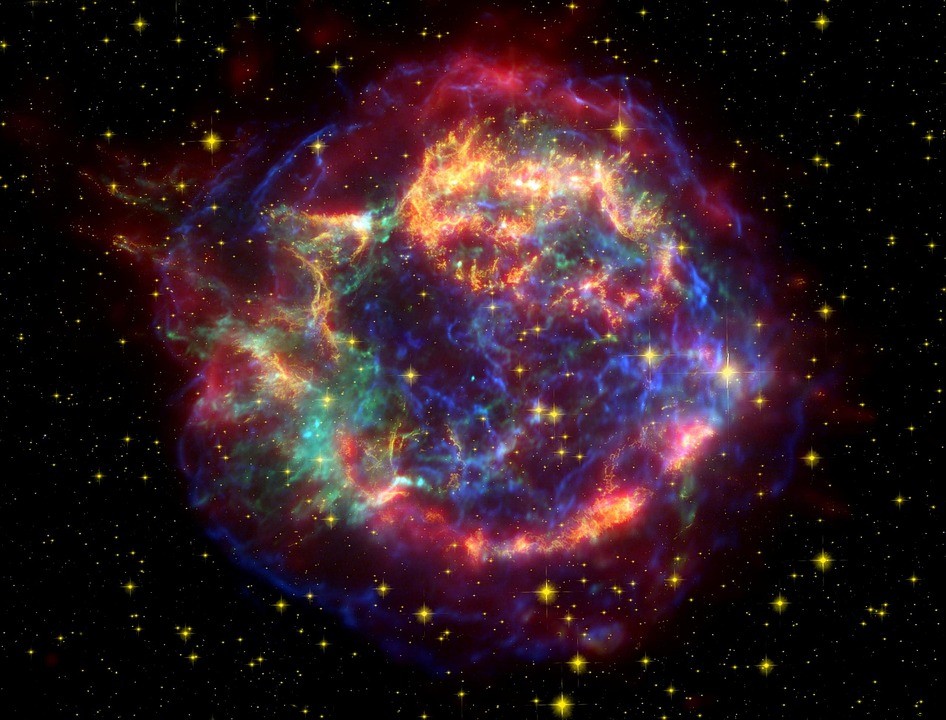A white dwarf star that fell victim to a "partial supernova" thousands of years ago is now traveling the galaxy at over 900,000 km/h.
White dwarfs are the cores of medium-sized stars, like the Sun, that have expelled all of their outer layers. You then get a stellar corpse, cold and dark, the size of the Earth. More than 90% of the stars in the Milky Way will end up like this.
According to previous research, white dwarfs typically exhibit layered internal structures. Their cores are mainly composed of carbon and oxygen, all wrapped in a layer of helium, then a layer of hydrogen.
In 2015, a team of astronomers came across one of these objects, named SDSS J1240+6710 , located approximately 1430 light-years from Earth .
A priori, nothing extraordinary. Until the day researchers noticed its unusual atmosphere.
Its outermost layer indeed seemed to possess neither hydrogen nor helium, but presented a strange mixture of oxygen, neon, magnesium and silicon.
Follow-up studies done with Hubble have also confirmed the presence of carbon, sodium and aluminum in the object's atmosphere. Unheard of before.
But that's not all. During this study, the astronomers also discovered that the white dwarf was moving very quickly, at more than 900,000 kilometers per hour . And, what's more, in the opposite direction to the direction of rotation of the galaxy .
Finally, the object had a particularly low mass (only about 40% of the mass of the Sun).
So how do you explain all these unusual features? Boris Gänsicke, astrophysicist at the University of Warwick (England), looked into the question. And he has his own idea. According to him, the white dwarf would have suffered a thermonuclear explosion, not complete, but partial .

Supernovas, which are the most powerful stellar explosions in the universe, can occur in several ways.
Some may trigger in a binary system, when a white dwarf dies siphoning mass from its companion star. If the dwarf is too greedy, all this stolen mass then contracts in the heart of the object. Rising material density and temperatures eventually trigger a thermonuclear chain reaction that normally eliminates the white dwarf .
In this new case, the researchers noted the presence of elements that could have been produced during the first thermonuclear reactions of a supernova. On the other hand, they also underlined the absence of heavy elements , such as iron, nickel, chromium and manganese.
These items are normally "cooked" from lighter items. Their absence here suggests that the white dwarf did not actually go through all the classic supernova phases , ultimately not reaching the temperatures and densities necessary to forge these heavy elements.
“That's what makes this white dwarf unique – it suffered a nuclear burn, but shut down before it was finished , summarizes Boris Gänsicke. It was a brief event, probably only lasting a few hours .
Finally, the researchers theorize that the event would also have had the effect of carrying the two stars in a direction opposite to their orbital speed, in a kind of maneuver slingshot . This would explain the high speed of this white dwarf, and the fact that it evolves in the opposite direction to the rotation of the galaxy.